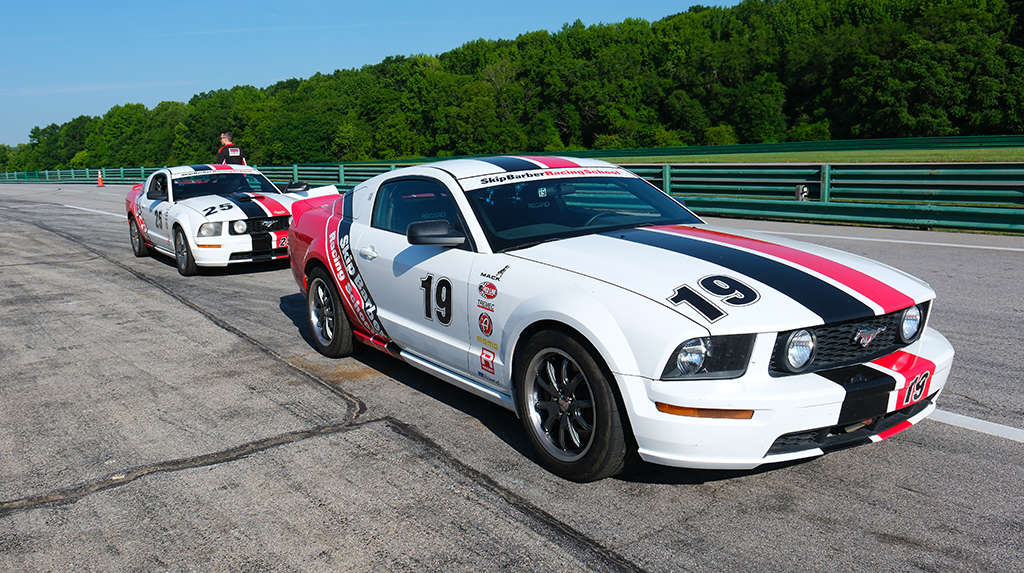Going to a performance driving school is something every driver can benefit from, both for the fun and to improve your driving skills. Even if you’ll never go racing, you’ll see a great improvement in everyday driving skills making it easier to handle difficult situations and maybe even avoid an accident.
The fun of getting to do some high-speed driving on a legit road course is something that can’t be beat. Especially when that high-speed driving includes a TREMEC transmission, which is the case with the Mustangs that Skip Barber Racing School use in many of their driving school sessions.
Recently Mike Kidd and Alec Allen from TREMEC got a chance to attend their first-ever driving school at Skip Barber Racing School’s session at Virginia International Raceway. Skip Barber holds single- and multi-day driving/racing schools at tracks all across America. It even offers an off-road driving school for those who are interested in honing their high-speed off-road driving skills. If your company is looking for something different as a team-building exercise, Skip Barber also does corporate events.
Before hitting the track, students go through 1.5-2 hours of instructional classroom training. Skip Barber wants to get students out on the track as soon as possible, but the initial classroom sessions are to familiarize students with the basics of performance driving, including driving terms and techniques like apexes, braking, heel-toe coordination and other aspects of performance driving. This also helps build a common vocabulary so instructors can communicate with students while helping them to get better.
Mike and Allec’s instructor for was Terry Earwood, a veteran of 41 years with the Skip Barber Racing School. Terry first started his racing career behind the wheel of stocker in NHRA drag racing, where he won his class at the 1973 NHRA U.S. Nationals. He also managed NHRA’s Gainesville Dragway, then got his start with road racing with Paul Rossi in 1985. He would go on to be the winningest driver in the Firestone Firehawk series, plus winning the championship in 1996. Skip Barber hired Terry in 1984 while he was a driving instructor at Road Atlanta.
For new students to a driving school, Terry offers these points of advice:
- You have nothing to fear
- Leave your ego at the door
- Don’t worry about making mistakes
- Don’t let things intimidate you
- Come in with an open mind
- Ask questions
All students show up with natural instincts. To get the most from the school, learn how to drop those instincts and learn the proper techniques.
The S197 Ford Mustangs used by Skip Barber are all equipped with the TREMEC Magnum XL 6-speed in place of their factory TREMEC transmissions. The Magnum XL eliminates the factory remote shifter setup and is ideally suited for countless track sessions and hard driving conditions.
Being a veteran of classic four-speed racing, we asked Terry what he thought of the modern TREMEC manual transmission versus manuals of the past.
“There’s no comparison between the old four-speeds and modern manual transmissions. They are so easy to shift and run in any scenario. The Magnum XL in particular gives the best feedback and feel of any manual transmission. It’s the best manual I’ve ever driven.” The photos and captions show what Mike and Alec learned during their Skip Barber Driving School session.
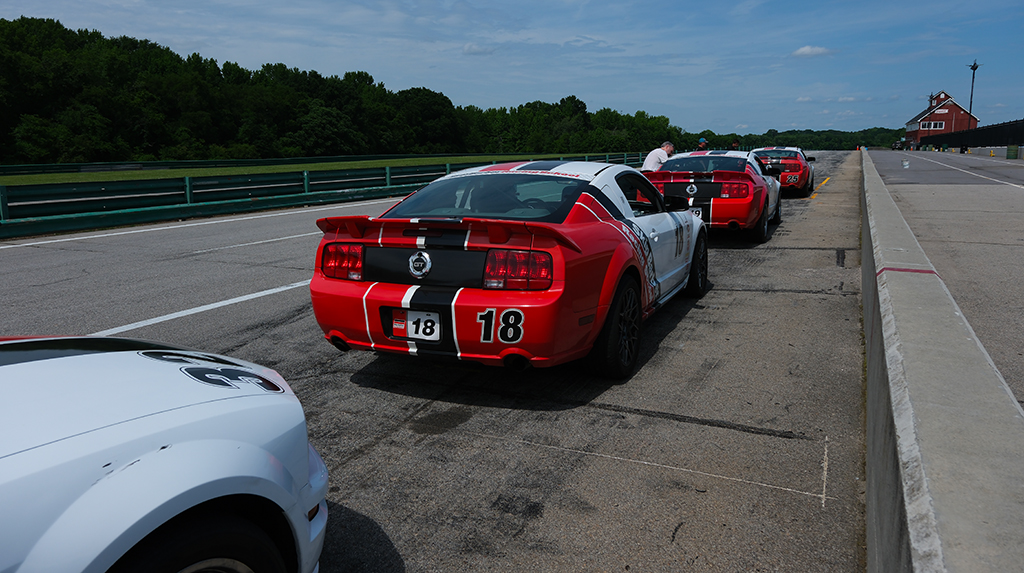
After the initial orientation and classroom time, students get suited up. Skip Barber wants to get students behind the wheel as soon as possible knowing that too much classroom time can cause a student’s attention to wander. The first lap is a slow lap to familiarize students with the track. Then it’s full speed time. Mike noted one of the toughest things to overcome at first was trusting the car could do what the instructors said it could.
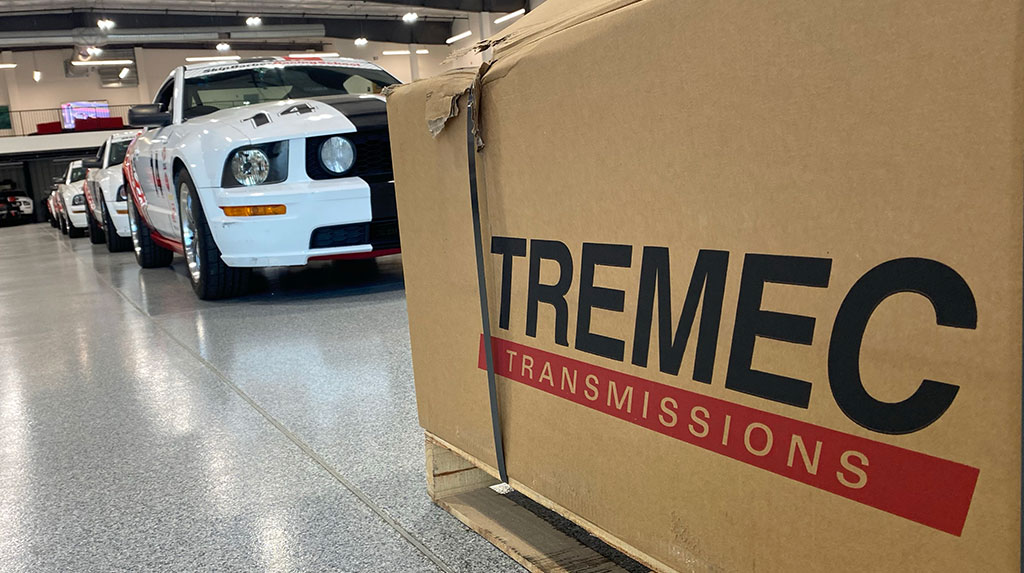
The Skip Barber Racing School S197 Ford Mustangs all feature TREMEC Magnum XL six-speed upgrades over their factory TREMEC units. The Magnum XL eliminates the factory remote shifter design that is more focused on lower NVH, while the direct-shift setup of the Magnum XL gives quick, crisp shifts better suited for hard driving situations. The Mustangs also have upgraded brakes to handle the frequent heavy braking situations encountered during track time.
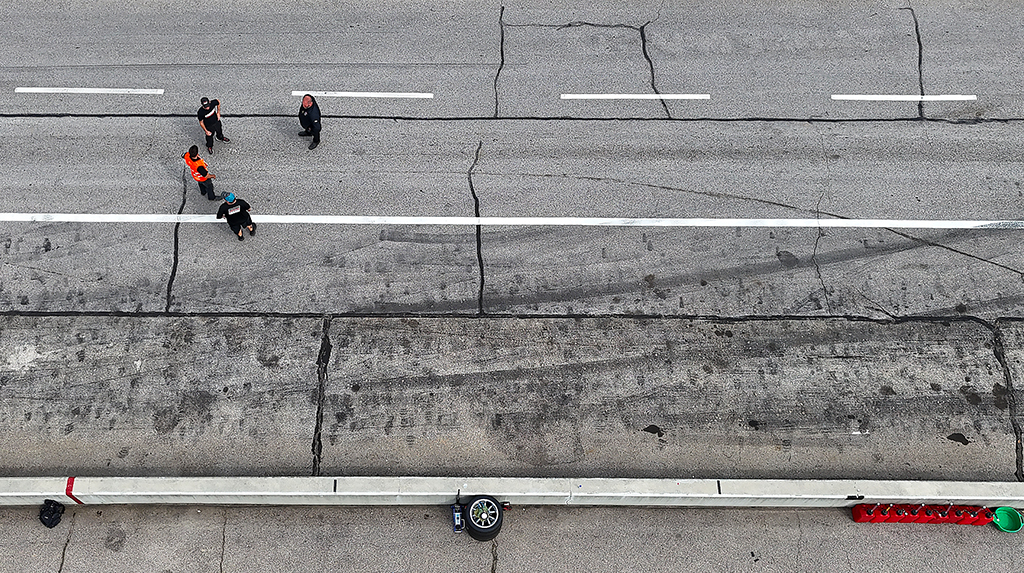
After a certain amount of track time, students are brought back in for some more instruction and to go over what instructors saw while on the track. Then it’s back out for more track time. Mike noted one of the big things while on track was it being hard fighting natural braking tendencies, especially going into hard turns. Even with the brake and gas pedal being a wide gap for his foot size, Mike was told on day two he got the gold star for heel and toe work between the two pedals. Terry Yearwood mentions the racing school is a great life coaching experience even though you might not realize it at the time.
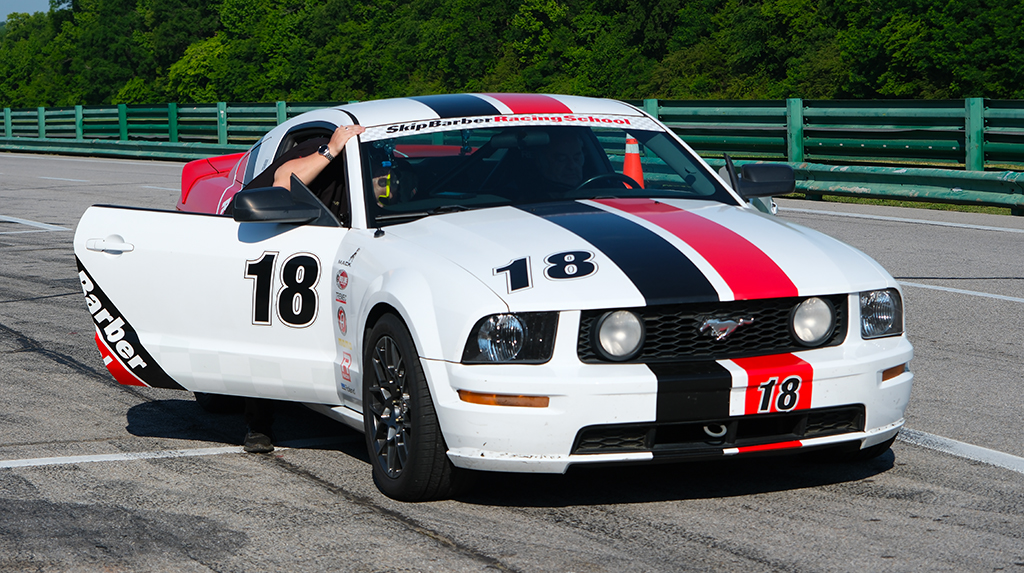
By day three it was all coming together for Mike, including learning to look where you want to go while driving and not where you’re at. This highlights an aspect of driving most are unaware of, that when you’re looking in a different direction than straight ahead, you will subconsciously start steering in that direction. On the main takeaway from his three-day Skip Barber school, Mike says, “No matter how long you’ve been in the racing environment, there’s always room for improvement. Taking a professional driving course/school really opens your eyes and highlights that you always have something to learn.”
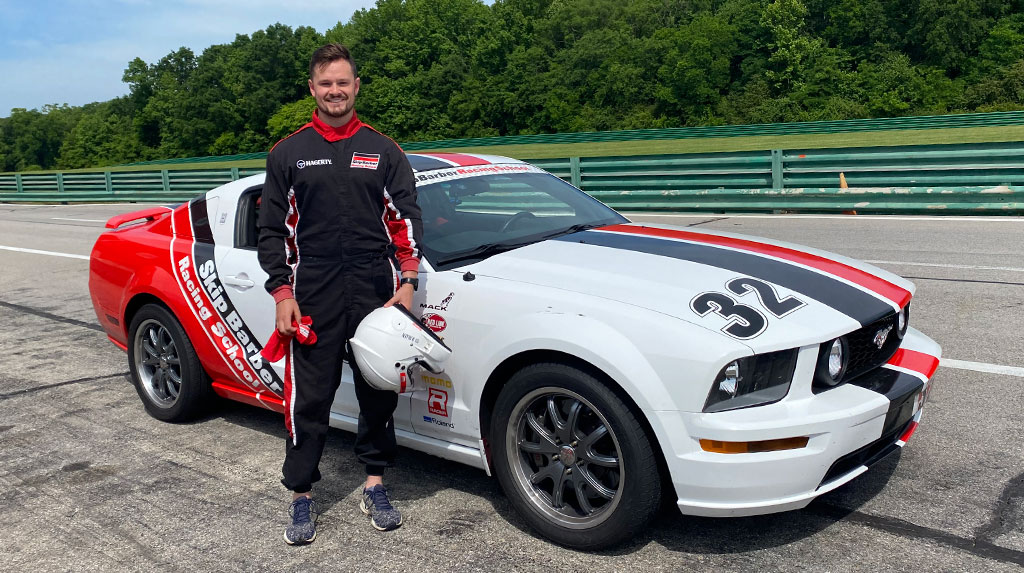
For Alec, the experience at Skip Barber really opened his mind to new things, “The biggest takeaways from the school (for me) were the one-on-one in-car teaching each instructor provided to drivers and the in-depth, detailed constructive critiques. These showed the passion instructors had to help students push themselves and truly learn the driving skills being taught. Most people could cruise around the track at slow to moderate speeds without issue. But instructors constantly encouraged us to push the boundaries of our comfort zones. This brought the best out of us and drove home what we were being taught.”

